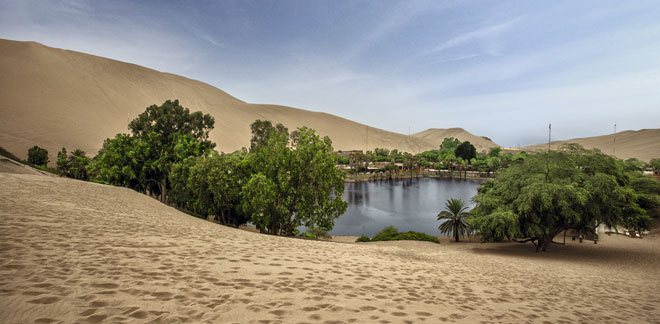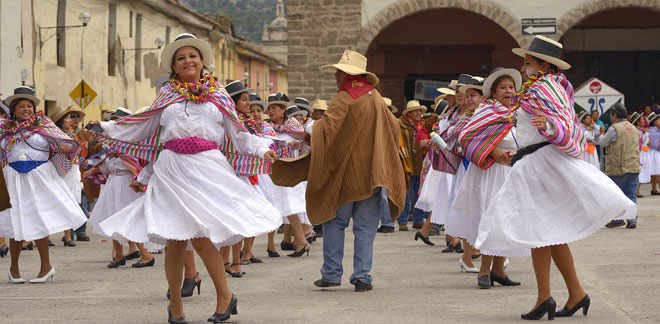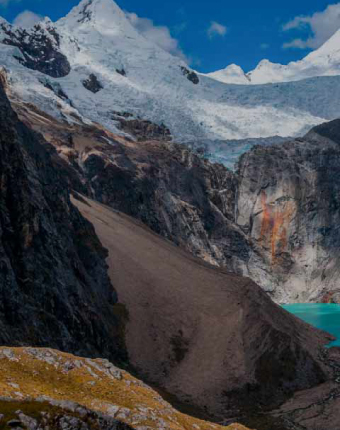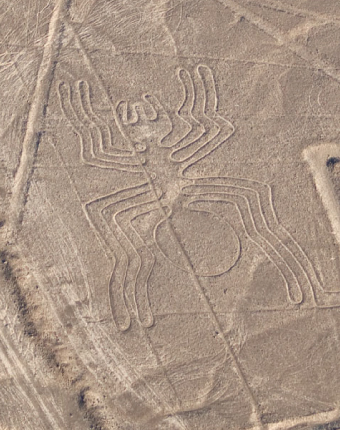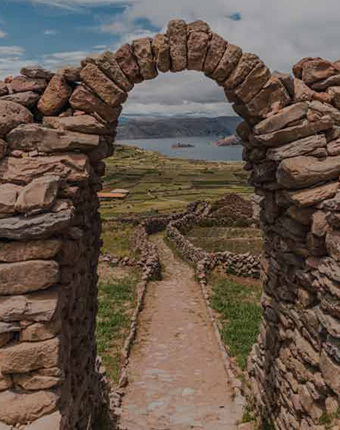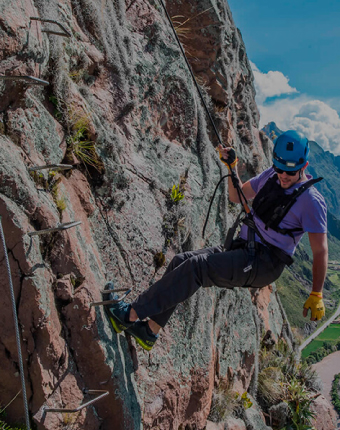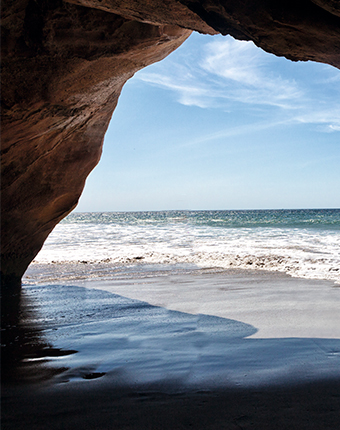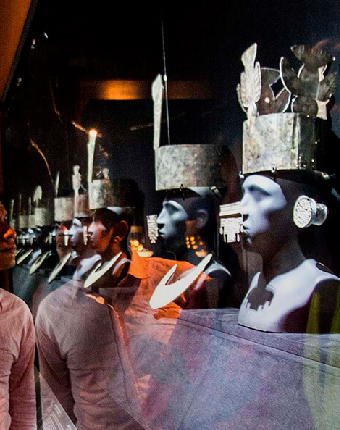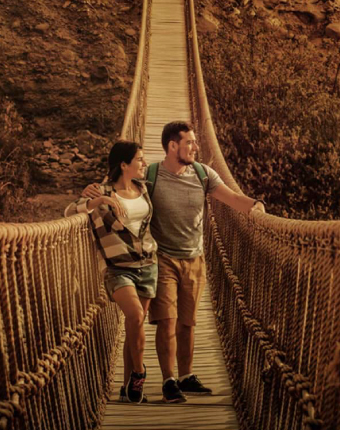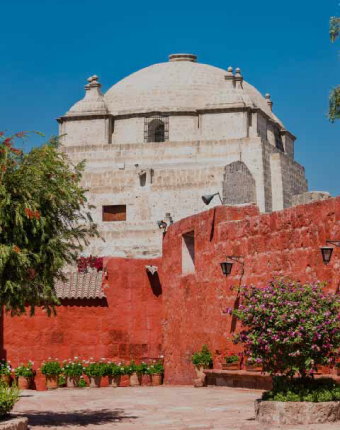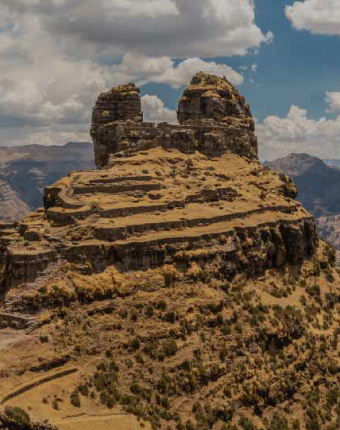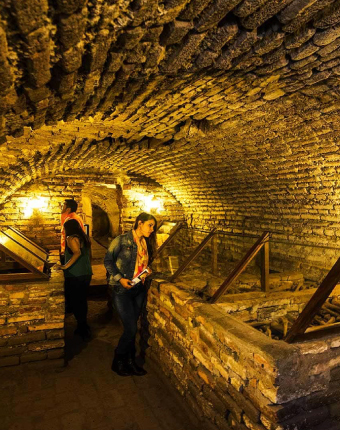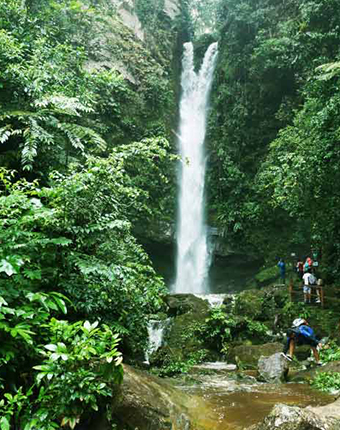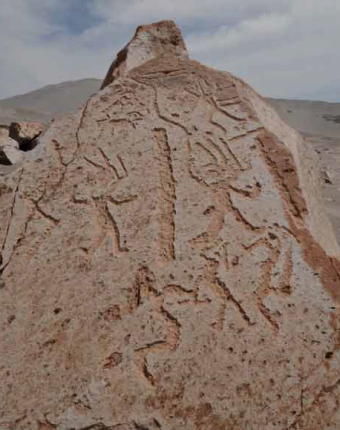
News
Regional legends and the majestic landscapes of Peru
Photography: PROMPERÚ
These stories not only entertain but also celebrate Peru's cultural identity, bringing to life tales that have been passed down through generations.
Peru, with its rich cultural diversity and ancient traditions, is home to a vast array of legends that have been passed down through generations. These stories, blending mythology with reality, are deeply tied to the identity of each region and have also inspired films that aim to preserve and share their legacy.
Below, we delve into the diverse legends from different Peruvian regions, some of which have been brought to life on the big screen.
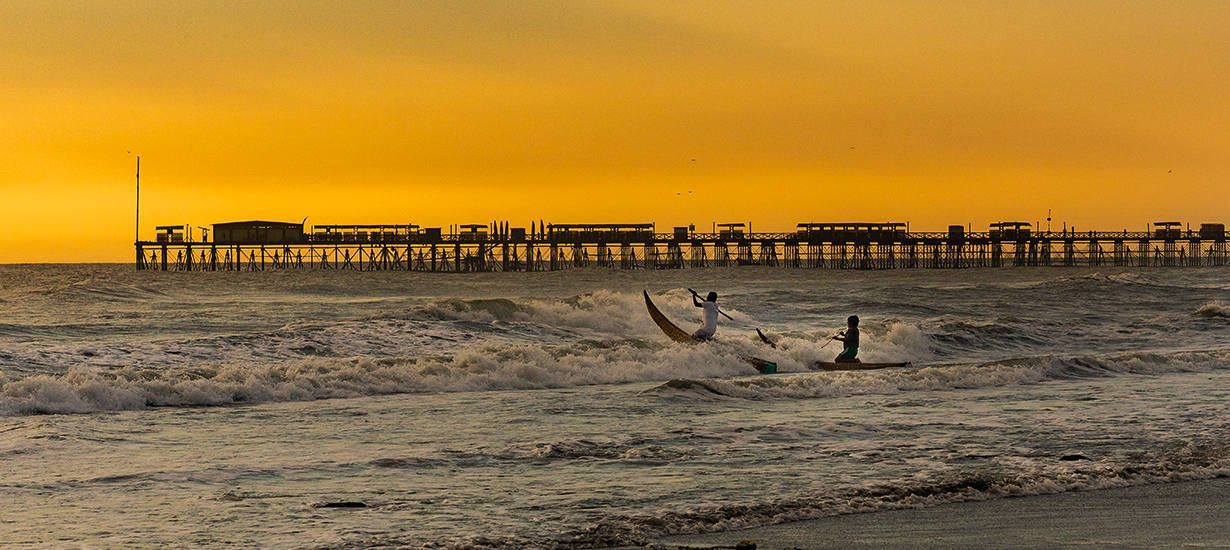 Lambayeque / Source: Shutterstock
Lambayeque / Source: Shutterstock
COAST
One of the most well-known legends from the Coast region comes from Ica. Beyond the Pisco, the sea, and the Huacachina, there are also captivating myths that are worth sharing.
The district of Cachiche, located in this region and nearly five hours from Lima, is famous for its mysterious reputation as the "land of witches." The story goes that the first "sorceresses" were Europeans who, armed with knowledge of alchemy and magical remedies, engaged in sinister practices. To escape persecution and torture by the Holy Inquisition, most of them fled and sought refuge in this area, where they continued their rituals.
The town is also home to a popular theme park, where visitors can learn about one of the most famous "witches" of the area.
Another notable legend is that of Naylamp, a god who arrived on the coast of Lambayeque, sailing on reed boats and bringing prosperity during his reign. As he aged, he grew wings and took flight. The bus ride from Lima to Chiclayo, its capital, takes between 12 and 14 hours, while a flight lasts approximately 1 hour and 15 minutes.
The climate is warm and dry for most of the year, with temperatures ranging from 18°C to 33°C, making it ideal for enjoying its beaches. Among the most notable are Pimentel, with its iconic pier, and Puerto Eten, which is perfect for relaxation and water sports.
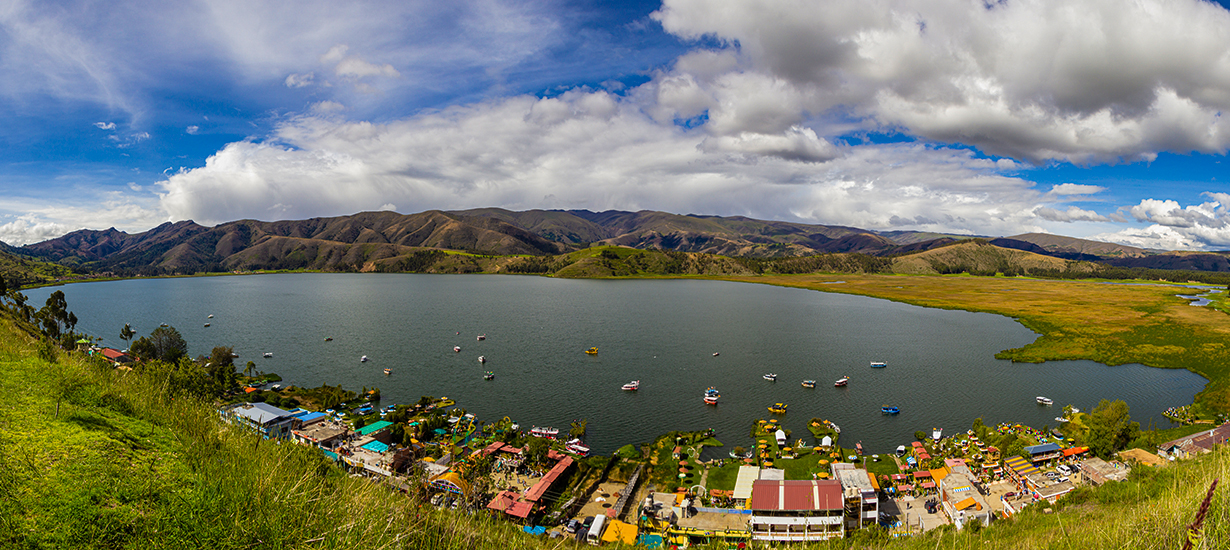 Paca Lagoon (Junín) / Source: Shutterstock
Paca Lagoon (Junín) / Source: Shutterstock
HIGHLANDS
Several of the best-known legends of the highlands come from the Junín region, in the Mantaro Valley. One of these legends revolves around the Paca Lagoon, where locals tell of a golden-haired mermaid who appears during the full moon to abduct and seduce men. As if that weren't enough, photography enthusiasts can also visit the rock formations of Torre Torre, just a few kilometers from the Plaza Constitucion (Constitution Square) in Huancayo, located in the Cerrito de La Libertad. There, tales are spun about petrified Inka warriors and sightings of devilish bulls.
To reach its capital, Huancayo, from Lima, you can either take a 50-minute flight or travel by land, which takes approximately 8 hours.
On the other hand, one of the most well-known stories from the Highlands is that of the Muqui, a small and mysterious being said to dwell in the depths of the mines of Cerro de Pasco. According to tradition, this protective goblin offers riches to miners in exchange for respect and offerings. However, if he is offended or ignored, he can cause accidents or losses in the mine, becoming a feared and vengeful force.
To reach Cerro de Pasco by bus from Lima, the trip takes approximately 7 hours. From there, you can take local transportation or hire a tourist service to visit the Huayllay Stone Forest. This impressive natural sanctuary, famous for its rock formations resembling sculptures, is perfect for hiking and photography. However, it's recommended to dress warmly due to the low temperatures in the area.
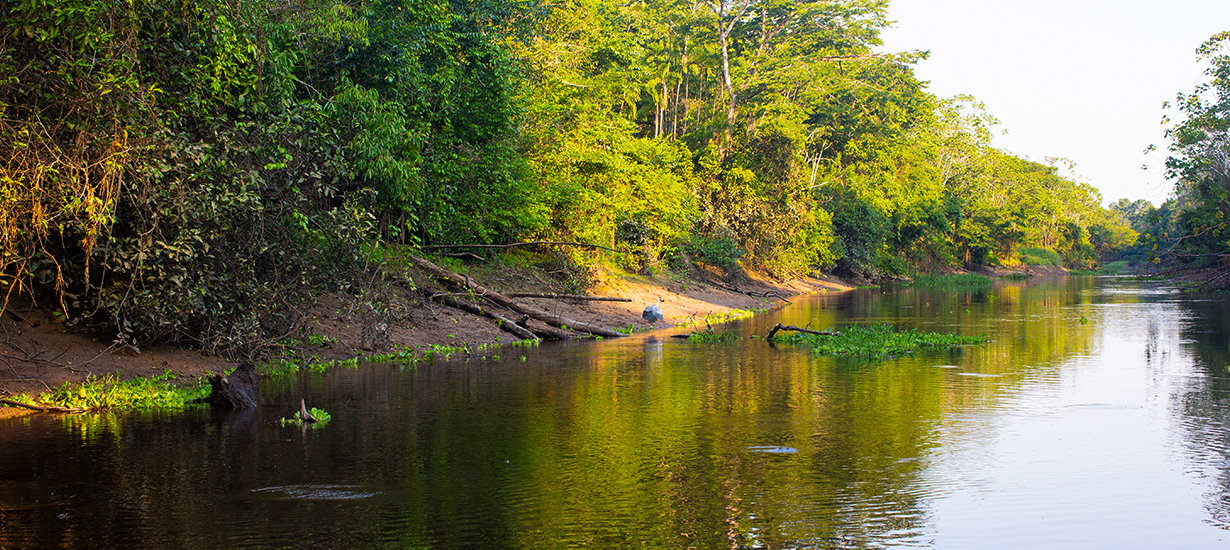 Pacaya Samiria National Reserve (Iquitos) / Source: PROMPERÚ
Pacaya Samiria National Reserve (Iquitos) / Source: PROMPERÚ
AMAZON
In the Peruvian jungle, one of the places steeped in urban legends is the general cemetery of "Isla Bonita" in Iquitos. One of the most well-known stories centers around the tomb of Rosendo Pizarro, known in life as "The Miraculous One." He was a doctor who cured the sick using natural medicine, all without charging a fee. Today, his mausoleum is one of the most visited spots, with the faithful seeking miracles of all kinds. If you are lovesick, a visit to Zoila Chu, "the saint of lovers," is also a must. Her tomb is one of the most visited by those who seek love without conditions.
To get to Iquitos from Lima, the fastest option is by plane, with direct flights that take approximately 1 hour and 45 minutes, as there is no land access. The city has a warm and humid climate year-round, with average temperatures ranging from 24 °C to 32 °C and frequent rainfall.
In addition to exploring the Amazon River and its natural reserves, other must-see places include the Belen market, the Tarapaca boardwalk, and the Belen neighborhood, known as the "Amazonian Venice." You can also visit the Pacaya Samiria National Reserve, where you can observe wildlife, hike, and enjoy boat rides.
Another well-known legend from our Peruvian jungle is that of the Tunche, the protagonist of a Peruvian video game. It is said to be a wandering spirit of the jungle, manifesting through a chilling whistling sound—one of the most terrifying stories of the Amazon. According to tradition, the Tunche represents the souls of those who died unjustly or committed cruel acts in life, and its presence is seen as a bad omen.
Experiences like the scheduled trips to the Amazon River from Pucallpa allow visitors to immerse themselves in the city's vibrant biodiversity. With the help of local guides, you can uncover the secrets behind these legends, such as that of the Tunche.
To get to Pucallpa from Lima, you can either fly or take a bus. Direct flights take approximately 1 hour and 20 minutes, while the bus trip takes between 18 and 20 hours.
In terms of tourism, Pucallpa offers attractions such as Lake Yarinacocha, perfect for boat rides and watching pink dolphins, the Main Square with its lively atmosphere, and the Natural Park of Pucallpa, where you can enjoy the region’s Amazonian flora and fauna. You can also visit the Shipibo-Conibo indigenous communities to learn about their culture and handicrafts.
The legends of Peru are deeply embedded in the collective imagination and serve as an endless source of inspiration for cinema. Each region undoubtedly contributes its own unique stories, helping to preserve folklore and traditions while fostering the growth of Peruvian cinema.
BONUS
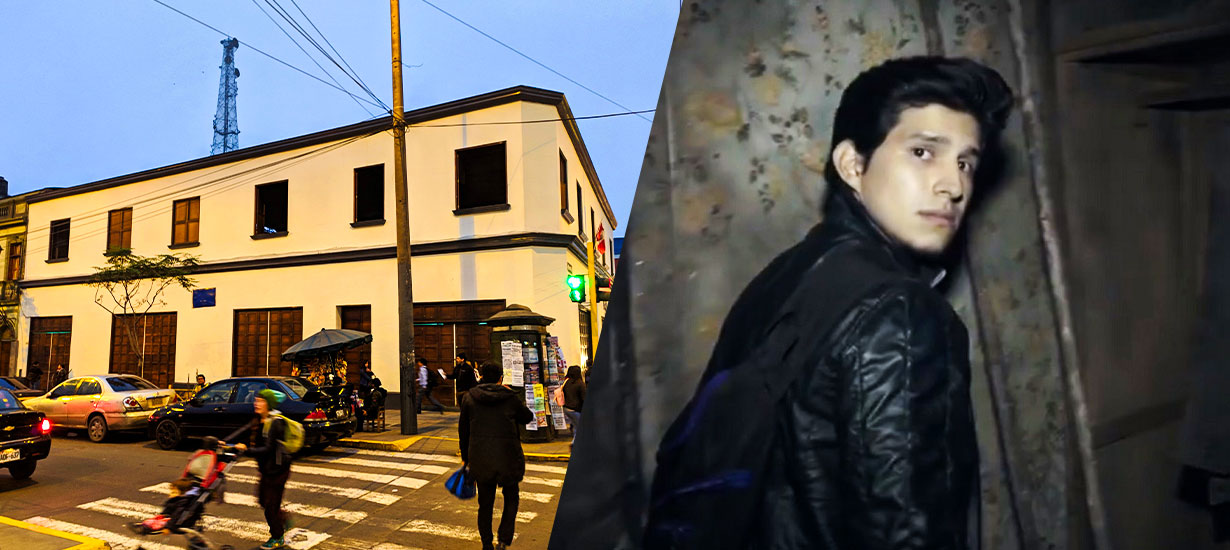 Movie: Secret Matusita / Source: Shutterstock
Movie: Secret Matusita / Source: Shutterstock
1. The Matusita House was built in 1860 in Cercado de Lima, about 1 hour by car from Jorge Chavez Airport, across from the Lima Panopticon, the city's main prison. This setting adds to the legends surrounding the location, with the most famous one involving a TV host who bet he could stay 7 days in the Matusita House without going crazy or dying.
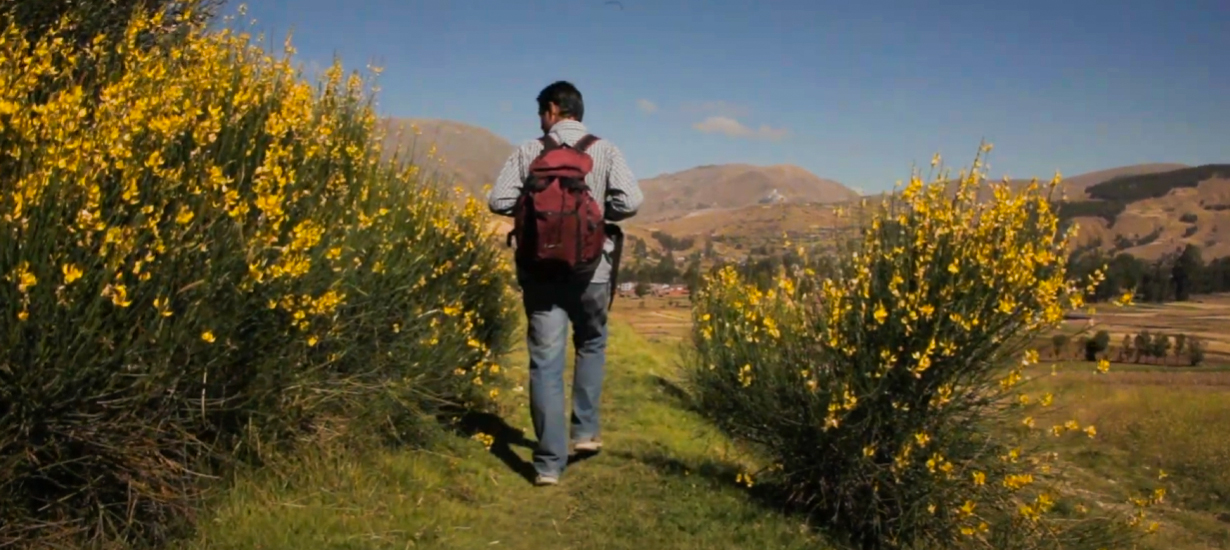 Movie: Yawar Wanka / Source: Youtube
Movie: Yawar Wanka / Source: Youtube
2. This storyline inspired the 2014 film Secreto Matusita, directed by Dorian Fernandez-Moris.
Yawar Wanka, directed by Huanca filmmaker Jacqueline Riveros, explores the origins and identity of Andean traditions and mythology. This captivating film tells the story of a young student who embarks on a journey to uncover the mysteries of his family. Along the way, he is aided by the god of the Wankas, Huallallo Carhuincho, as they confront a man who has been punished by the Apus and condemned to live without a soul.
"Yawar Wanka" was filmed in natural landscapes such as the Huaytapallana snow-capped mountain and various archaeological sites, as well as many other locations that are part of the tourist complex of the
